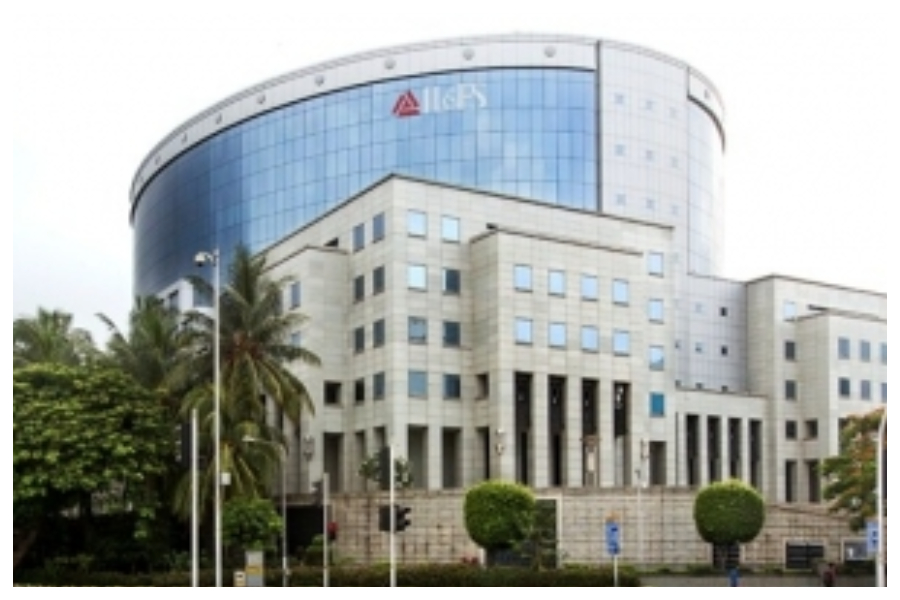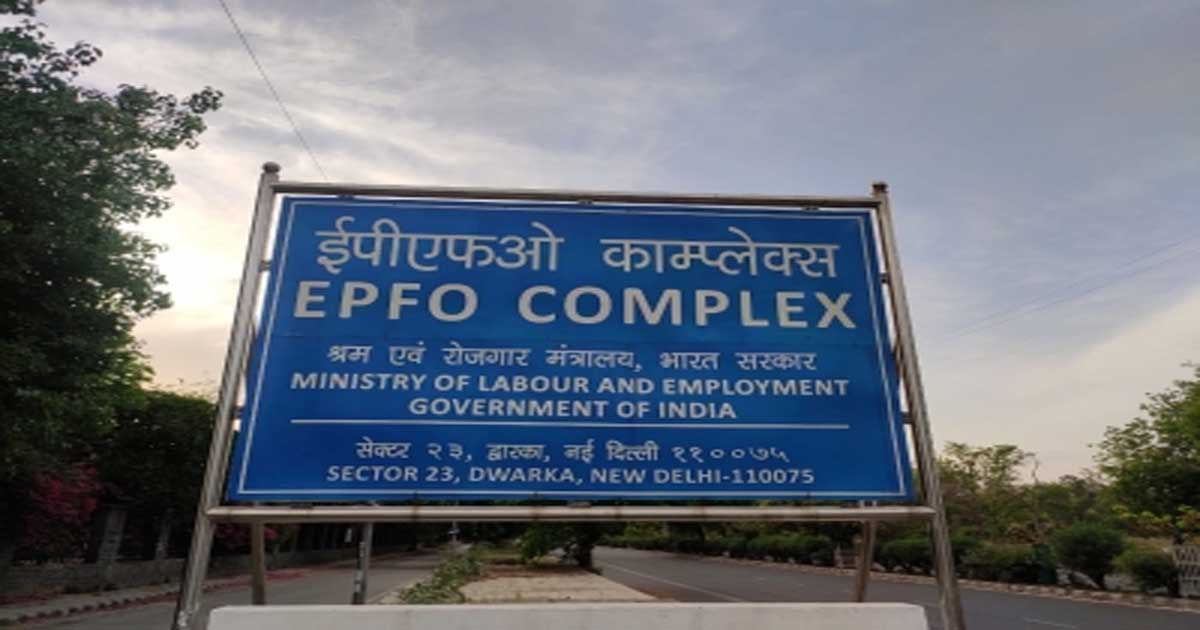Business
IL&FS gets NCLAT approval for making over Rs 16,000 cr interim payout to creditors

The National Company Law Appellate Tribunal (NCLAT) has directed the new board of Infrastructure Leasing & Financial Services (IL&FS) to make interim payout to creditors after prior approval of the new board, the tribunal said in an order.
The interim distribution shall be confined only to the entities as reflected in “Annexure-6” except those excluded and for the amount of Rs 16,361 crores — Rs 11,296 crore of cash and Rs 5,065 crore of InvIT units, the order said.
“With regard to interim distribution, we further direct the new board in addition to compliance of the interim resolution process…only after approval by the new board,” the NCLAT order read.
“While granting approval by the new board, the approval shall contain all details of interim distribution, including the name of the creditors and the amounts which shall be provided to the creditors under the interim distribution and only after comprehensive approval by the new board, interim distribution shall be implemented.”
If it is found that creditors have by way of interim distribution received an amount more than what such creditor ought to have received, the excess amount shall be liable to be returned, failing which the same may be recovered from such creditor either by way of adjustment at the time of final distribution or otherwise, the order added.
With this order, major beneficiaries would be public funds such as provident funds, insurance funds, pension funds, and army welfare funds, the company said.
An application had been filed with the NCLAT for undertaking interim distribution of Rs 16,000 crore of cash and InvIT units available across the group.
“Over 75 per cent of this would be distributed to creditors of three large holding companies — IL&FS, IFIN and ITNL — which have a large base of public fund creditors. This has been made possible on account of IL&FS’ resolution framework and the underlying distribution formula,” the company said.
Business
Explained: EPFO overhauls withdrawal rules to boost transparency, ease access for 30 crore members

New Delhi, Oct 14: The Employees’ Provident Fund Organisation (EPFO) has restructured its partial withdrawal regulations, combining 13 distinct clauses into three main categories: Essential Needs, Housing Needs, and Special Circumstances. This change aims to make it easier to access provident fund savings.
For the nearly 30 crore members who collectively own a corpus of about Rs 30 lakh crore, the reform aims to make the withdrawal process quicker, simpler, and more transparent.
The revised framework, referred to as EPFO 3.0, has standardised withdrawal limits.
Depending on the goal, members can now access up to 100 per cent of their eligible provident fund balance, which includes employer and employee contributions. However, at least 25 per cent of the EPF balance needs to stay in the account in order to maintain a safety net for retirement.
This implies that members can keep the required balance while withdrawing up to 75 per cent of their total corpus.
Additionally, the new regulations standardise the requirements for services. In the past, there were specific requirements for each type of withdrawal, such as five years of service for housing purposes and seven years for marriage-related withdrawals.
All partial withdrawals are now subject to a single 12-month minimum service period, which streamlines the procedure and removes any ambiguity.
Members will no longer need to provide documentation of their withdrawals under the “Special Circumstances” category, which is a significant relaxation. In the past, withdrawals under this heading required proof of emergencies, such as natural disasters or job loss.
The new clause, which permits members to leave without giving a reason, is anticipated to reduce red tape and expedite approvals.
The EPFO has also increased the withdrawal limits for marriage and education-related withdrawals. Instead of the previous cap of three combined withdrawals, members can now make up to 10 withdrawals for education and five for marriage.
Stricter guidelines for final settlements are also introduced by the reforms, though. In contrast to the previous two-month eligibility window, members can now only apply for an early final settlement 12 months after quitting their job and for pension withdrawal 36 months later.
In the event of a job loss, the 25 per cent minimum balance requirement only applies to partial withdrawals; it does not apply to full settlements.
While it is anticipated that the simplified framework will increase efficiency and transparency, workers who are laid off or have experienced extended periods of unemployment may find it difficult to obtain their provident fund savings immediately during a time when they may need it most, due to the revised settlement timelines.
Business
Silver hits record high above $52.50 as safe-haven demand fuel rally

Mumbai, Oct 14: Silver prices soared to an all-time high above $52.50 an ounce on Tuesday, boosted by a historic short squeeze in London and strong demand for safe-haven assets amid global economic uncertainty.
Spot silver rose as much as 0.4 per cent to $52.58 an ounce in London, breaking the previous record set in January 1980 when the billionaire Hunt brothers tried to corner the market.
Gold prices also climbed to a new record, marking eight consecutive weeks of gains, supported by rising geopolitical tensions and expectations of US interest rate cuts.
The rally in silver comes amid concerns over liquidity in the London market, which has triggered a worldwide rush to secure the metal.
Prices in London are trading at a rare premium compared to New York, prompting traders to fly silver bars across the Atlantic — a costly move usually reserved for gold — to benefit from higher prices.
The premium stood at around $1.55 an ounce on Tuesday, down from $3 last week.
Adding to the squeeze, silver lease rates in London — the cost of borrowing the metal — surged above 30 per cent for one-month contracts last Friday, making it expensive for traders to maintain short positions.
The situation worsened as strong demand from India in recent weeks further reduced available supply, following earlier shipments to New York amid fears of US tariffs.
Experts said the latest surge in both gold and silver reflects heightened market uncertainty.
Gold prices have jumped nearly 60 per cent this year, crossing the $4,100 mark for the first time, supported by geopolitical tensions, rate-cut expectations, and strong buying by central banks and investors.
Key US economic data such as inflation and retail sales are due later this week, but analysts warn that if the government shutdown continues, the release of these reports — including jobs data — could be delayed.
Business
Indian stock markets open higher amid global trade concerns, Q2 earnings buzz

Mumbai, Oct 14: Indian stock markets opened higher on Tuesday as investors looked past global uncertainties caused by the ongoing trade tensions between the US and China, while also tracking quarterly earnings from Indian companies.
The Sensex began the day at 82,562, gaining 235 points or 0.29 per cent. Similarly, the Nifty opened at 25,283, up 55 points or 0.22 per cent.
Among the top performers on the Sensex were HCL Tech, Tech Mahindra, Tata Steel, Infosys, Bharat Electronics, Bajaj Finserv, Ultratech Cement, ICICI Bank, Kotak Mahindra Bank, and Larsen & Toubro, which rose up to 1.3 per cent.
On the other hand, stocks like Eicher Motors, Maruti Suzuki, Axis Bank, Sun Pharma, State Bank of India, Bajaj Finance, and Bharti Airtel witnessed early losses.
In the broader market, both the Nifty MidCap and Nifty SmallCap indices were trading in the green, rising 0.37 per cent and 0.38 per cent, respectively.
Among sectoral indices, the Nifty Metal index led the gains with a 1 per cent rise, supported by positive momentum in metal stocks.
Meanwhile, the Nifty Pharma index was the biggest laggard, slipping 0.37 per cent.
As per the experts, IT stocks, particularly the largecaps, are viewed as overvalued by the market since they are facing many headwinds and some strong structural issues.
“On the other hand PSU stocks have been trading at very low valuations despite decent growth and robust balance sheets. This anomaly in valuations have been corrected by the market. This trend is likely to continue,” market experts said.
‘However, in growth stocks like digital companies and renewable energy, their long-term growth potential will continue to attract investment despite high valuations,” they added.
With Muhurat trading approaching, there is room for a mild rally, according to analysts.
-

 Crime3 years ago
Crime3 years agoClass 10 student jumps to death in Jaipur
-

 Maharashtra1 year ago
Maharashtra1 year agoMumbai Local Train Update: Central Railway’s New Timetable Comes Into Effect; Check Full List Of Revised Timings & Stations
-

 Maharashtra1 year ago
Maharashtra1 year agoMumbai To Go Toll-Free Tonight! Maharashtra Govt Announces Complete Toll Waiver For Light Motor Vehicles At All 5 Entry Points Of City
-

 Maharashtra1 year ago
Maharashtra1 year agoFalse photo of Imtiaz Jaleel’s rally, exposing the fooling conspiracy
-

 National News1 year ago
National News1 year agoMinistry of Railways rolls out Special Drive 4.0 with focus on digitisation, cleanliness, inclusiveness and grievance redressal
-

 Maharashtra11 months ago
Maharashtra11 months agoMaharashtra Elections 2024: Mumbai Metro & BEST Services Extended Till Midnight On Voting Day
-

 National News1 year ago
National News1 year agoJ&K: 4 Jawans Killed, 28 Injured After Bus Carrying BSF Personnel For Poll Duty Falls Into Gorge In Budgam; Terrifying Visuals Surface
-

 Crime1 year ago
Crime1 year agoBaba Siddique Murder: Mumbai Police Unable To Get Lawrence Bishnoi Custody Due To Home Ministry Order, Says Report












